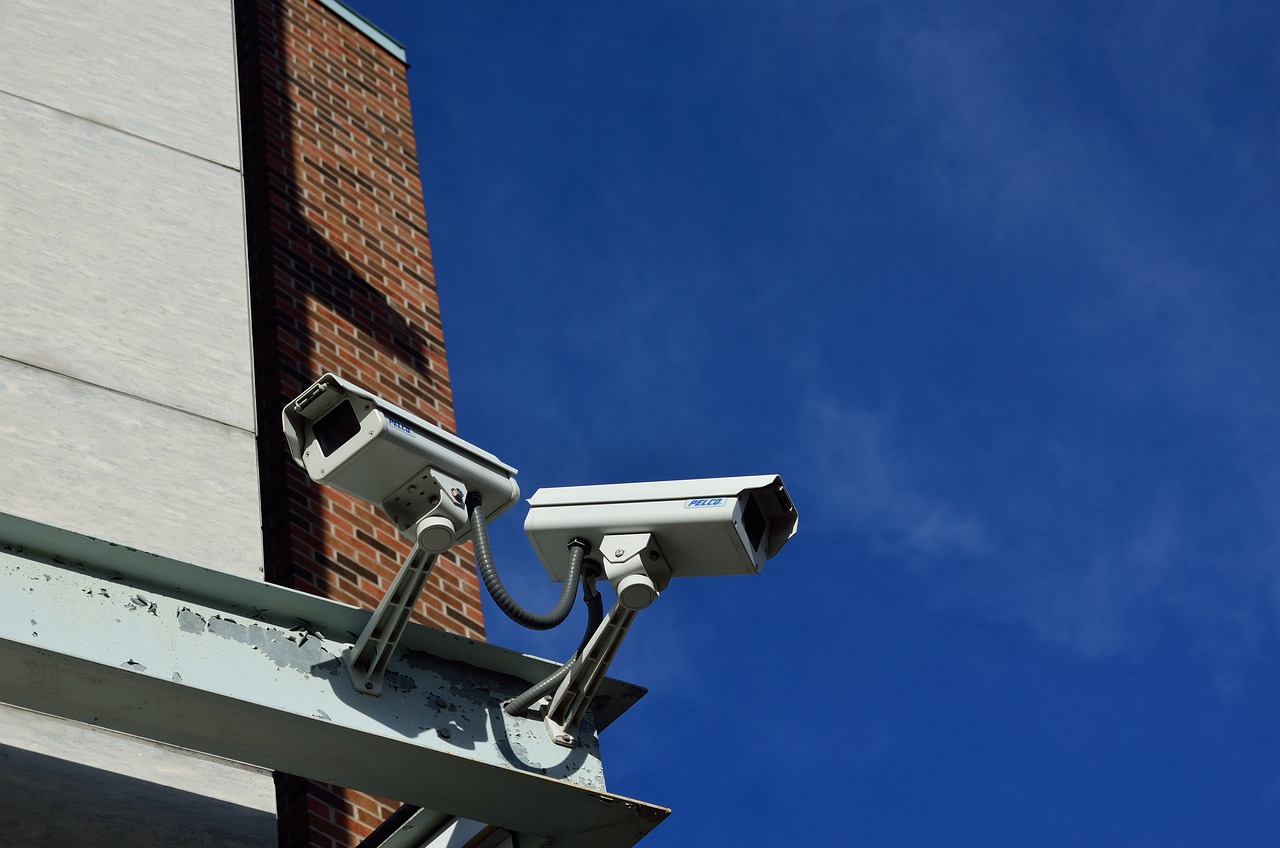Introduction
In today’s world, where safety is of utmost concern, it becomes paramount to integrate security measures in our homes. The increasing reports of burglaries and home invasions have made it essential for every homeowner to up their home security game. And, installing security cameras is one of the most efficient ways to ensure safety. Security cameras not only act as a deterrent to would-be burglars but also provide potential evidence in the event of a crime being committed.
This comprehensive guide serves as an essential resource for homeowners ready to take the leap and install security cameras in their residences. In the upcoming sections, we will discuss the significant reasons why you should install home security cameras, the various types of cameras available, installation process, common issues you might encounter, and the best ways to maintain your system.
Why Should You Install Home Security Cameras?
The benefits of installing home security cameras go beyond just deterring burglars. Firstly, security cameras act as an effective deterrent against potential burglars. It has been found that homes without any form of security system are three times more likely to be targeted by burglars. Knowing that they are being watched will make anyone think twice before engaging in illicit activities.
Secondly, in the unfortunate event of a burglary, the video footage can serve as crucial evidence for law enforcement agencies. Also, several modern security cameras support remote monitoring, allowing you to watch your property in real-time no matter where you are. This way, even when you are away, your home is never truly left unattended.

Before We Begin: Understanding The Basics Of Home Security Cameras
Selecting the right security camera type can greatly influence the effectiveness of your security system. The most common types are wired and wireless cameras. Wired cameras, as the name suggests, require physical wiring for power and video transmission. They are renowned for their reliability and high-resolution video quality. On the other hand, wireless cameras, while easy to install and reposition, can suffer from signal disruptions.
Additionally, we have indoor and outdoor cameras. The former are designed for indoor usage and may not be weather-resistant. In contrast, outdoor cameras are built to withstand harsh weather conditions. By recognizing your security needs and understanding the pros and cons of each camera type, you can make an informed decision best suited for your home.
Where Are The Best Places To Install Security Cameras?
Strategically placing security cameras can make a world of difference in ensuring optimal coverage. Start with identifying all the potential entry points in your home – doors and windows. These points should ideally be your first priority.
Next, consider placing cameras in the more secluded areas of your home, such as backyards or alleys, where burglars might potentially hide. Additionally, installing cameras on paths leading up to your home can provide early warning of suspicious activity. While positioning your cameras, it’s essential to ensure that they are out of easy reach and tamper-proof.
Step-By-Step Guide To Installing Your Home Security Cameras
Installing security cameras involves more than just screwing them onto a wall. For a wired setup, the first step would be to map out a wiring route. After mounting the camera, the wires would be laid out through this route to your video recorder. Wireless setup is less complicated, with only a power source to consider.
Once you have the camera physically installed, you need to set up a system to view and record the feed. This could be a digital video recorder (DVR), a network video recorder (NVR), or your computer. The final step involves setting up the system software. Today, many systems come with user-friendly apps that offer advanced features like remote viewing and real-time notifications.
Troubleshooting Common Installation Issues
Installing a security camera system can encounter some snags. Connectivity issues are common with wireless systems due to signal disruptions or low signal strength. In such cases, try positioning the camera closer to the router or using range extenders. For wired systems, common issues could be due to faulty wiring or non-functional power supply.
Camera positioning can also contribute to ineffective coverage. Make sure cameras are not facing a direct light source, which can produce glare and affect video quality. Always test the coverage area before wrapping up the installation.
Maintenance Tips For Your Security Camera System
As with any technology, properly maintaining your security camera system is vital for its prolonged effectiveness. Regularly clean the camera lenses to ensure clear video quality. Regularly check and update the software to keep up with the latest features and security patches.
Ensure that the wires (for wired systems) are not exposed and are protected from wear and tear. For outdoor cameras, check for any weather damage regularly and install protective housing if required.
Additional Security Measures To Complement Your Camera System
Though security cameras form the backbone of any home security system, it’s beneficial to integrate additional measures to have a comprehensive setup. Alarm systems, when coupled with cameras, can act as an immediate deterrent and alert system.
Smart locks provide keyless entry and exit points, making it difficult for burglars to pick locks. And finally, good outdoor security lighting can further deter intruders from approaching your property.
Conclusion
With all the equipment, technical terms, and processes, setting up a home security system might seem daunting at first. But with a little patience and understanding, you can create a secure environment for your home. This guide sought to break down each step of the process to make it more manageable for homeowners. Remember, the safety of your home and family is worth the effort, and the peace of mind you get is priceless.
